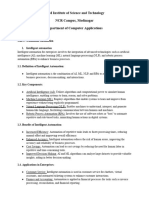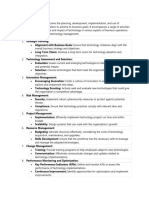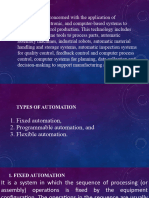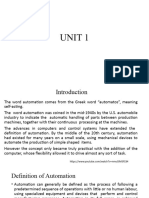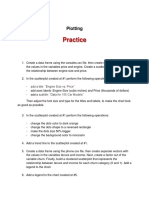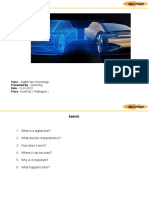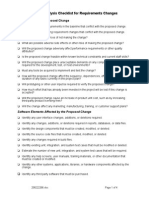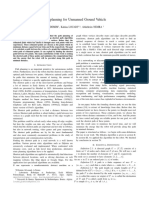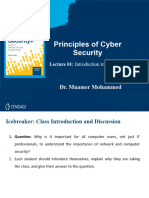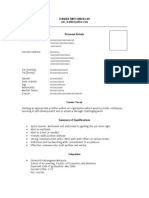0% found this document useful (0 votes)
26 views4 pagesAutomation
Automation is the use of technology to perform tasks with minimal human intervention, aiming to enhance efficiency, safety, and reduce costs. It encompasses various types, including fixed, programmable, flexible, industrial, and office automation, and is applied across sectors like manufacturing, healthcare, and transportation. Despite challenges such as high initial costs and job displacement, automation is revolutionizing industries and daily life through increased productivity and improved quality.
Uploaded by
stiviCopyright
© © All Rights Reserved
We take content rights seriously. If you suspect this is your content, claim it here.
Available Formats
Download as DOCX, PDF, TXT or read online on Scribd
0% found this document useful (0 votes)
26 views4 pagesAutomation
Automation is the use of technology to perform tasks with minimal human intervention, aiming to enhance efficiency, safety, and reduce costs. It encompasses various types, including fixed, programmable, flexible, industrial, and office automation, and is applied across sectors like manufacturing, healthcare, and transportation. Despite challenges such as high initial costs and job displacement, automation is revolutionizing industries and daily life through increased productivity and improved quality.
Uploaded by
stiviCopyright
© © All Rights Reserved
We take content rights seriously. If you suspect this is your content, claim it here.
Available Formats
Download as DOCX, PDF, TXT or read online on Scribd
/ 4




